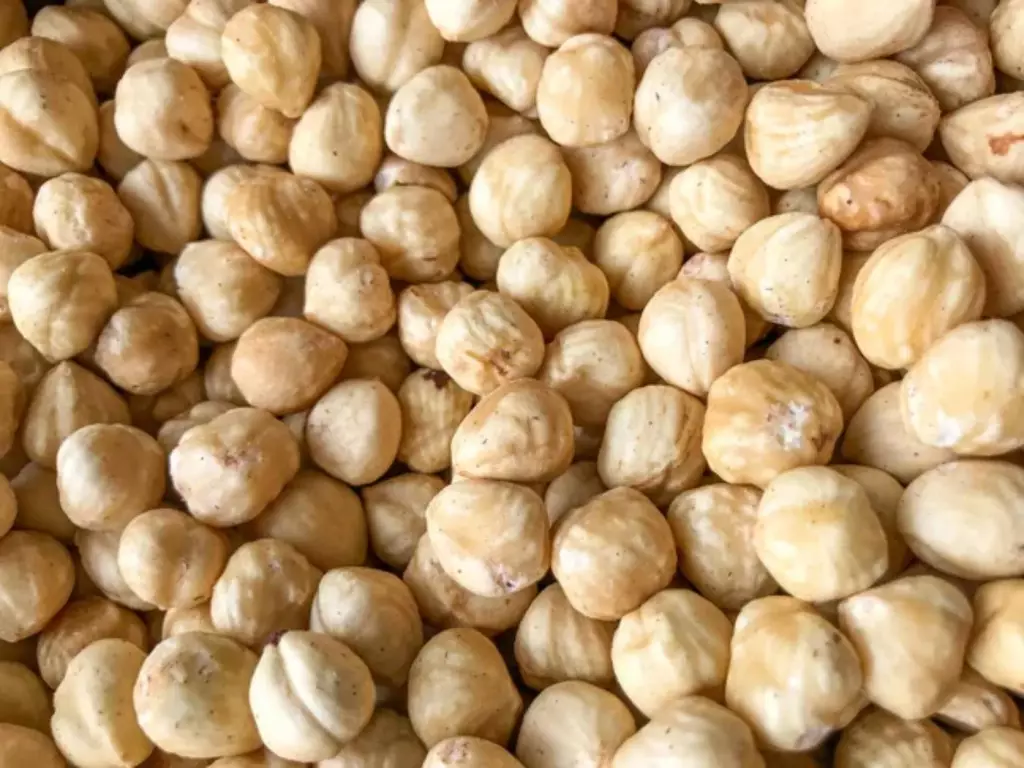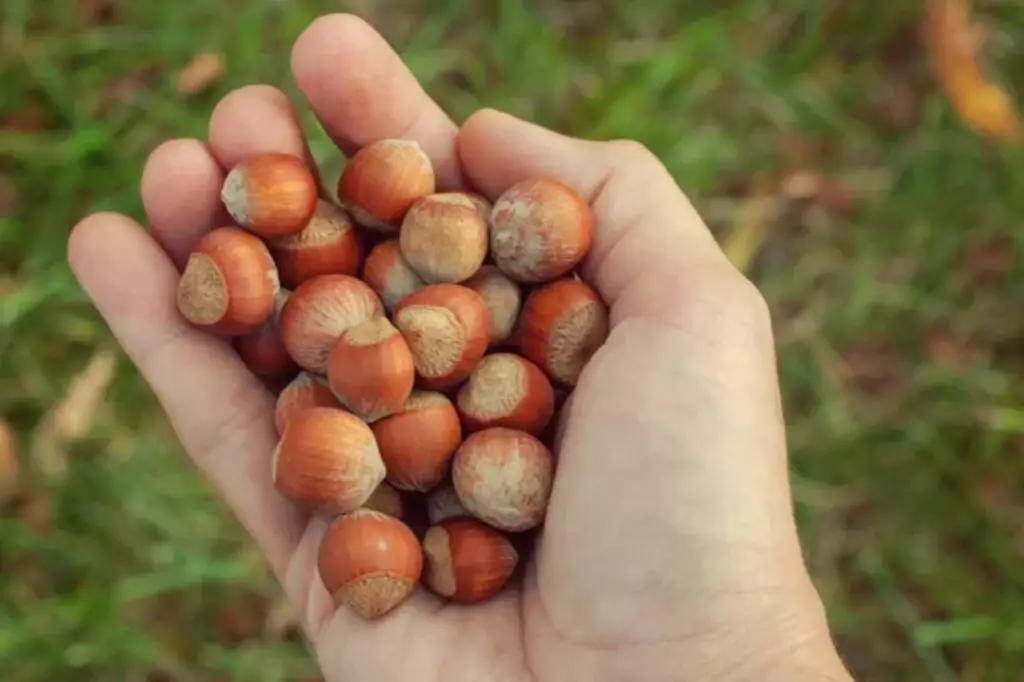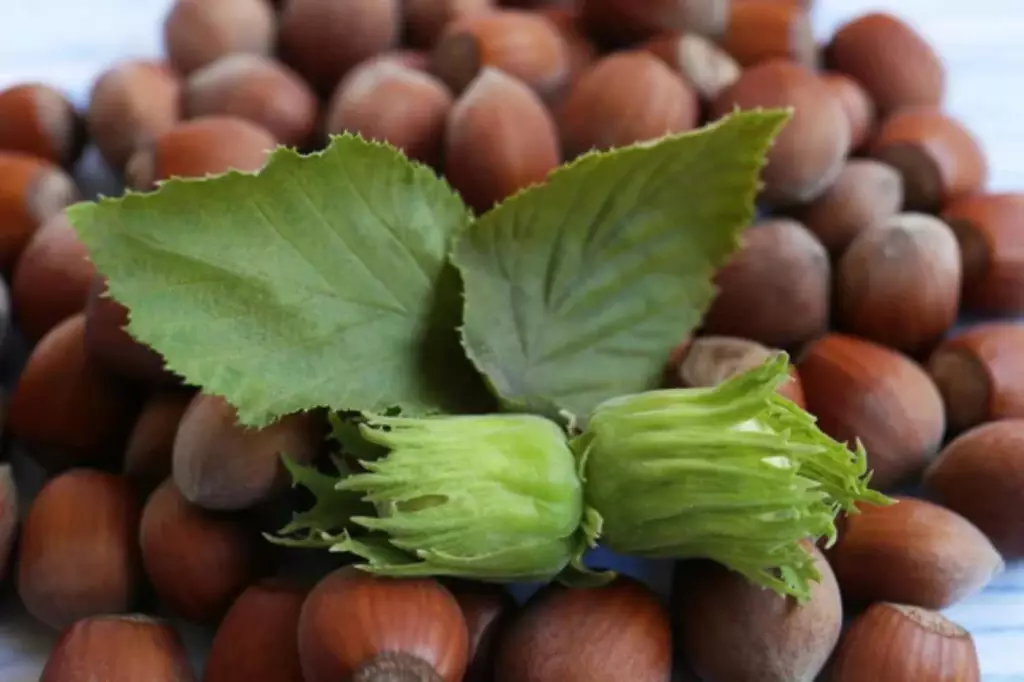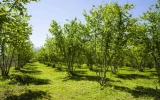Which Country Produces the Most Hazelnuts?
While hazelnuts are grown in several countries, there is one nation that stands out as the predominant producer, contributing significantly to the global supply of these delectable nuts. In this article, we'll delve into the agricultural dominance of this country in hazelnut production, exploring the factors that contribute to its leading position and the impact it has on the international market.
Turkey stands out as the leading producer of hazelnuts, contributing a substantial volume of 70% to the world's supply. This country's dominance in the hazelnut industry is not only a testament to its favorable growing conditions but also to the tradition and expertise deeply rooted in its agricultural practices.
In particular provinces in Turkey, their hazelnut production reached a staggering 684,000 tons in 2021. As you read further, we'll explore more of the pivotal role of Turkey in hazelnut cultivation.
Summary
- The top hazelnut-producing provinces in Turkey, such as Ordu, Giresun, and Trabzon, benefit from favorable microclimates, rich cultural connections to hazelnut cultivation, and strategic advantages such as proximity to major markets and processing facilities.
- The northern regions of Turkey, especially along the Black Sea coast, offer a unique set of geographical benefits that are ideal for hazelnut cultivation, providing the perfect terrain, protection from extreme weather conditions, and rich, well-drained soil.
- Italy's high hazelnut consumption (110,000 metric tons a year) can be attributed to its renowned confectionery industry, particularly in producing hazelnut-based products such as Nutella, which has become an integral part of Italian culinary culture and contributes to the country's substantial hazelnut consumption.

On this page:
Turkey Is the World's Top Hazelnut Producer
Turkey is the world's leading hazelnut producer, dominating around 70% of the world's hazelnut supply. The country's hazelnut cultivation is concentrated mostly in the region bordering the Black Sea.
Below is a quick overview of the top hazelnut-producing areas in Turkey and their estimated annual production in tons:
| Province | Estimated Annual Production (Tons) |
|---|---|
| Ordu | 150,000 |
| Giresun | 120,000 |
| Trabzon | 50,000 |
| Samsun | 30,000 |
| Düzce | 25,000 |
| Sakarya | 20,000 |
| Zonguldak | 10,000 |
| Bursa | 8,000 |
| Kastamonu | 7,000 |
| Bolu | 5,000 |
Ordu is the top hazelnut-producing province in Turkey
Ordu is the top hazelnut-producing province in Turkey, with an estimated annual production of 150,000 tons. This province benefits from a favorable microclimate for hazelnut cultivation and a long-standing tradition of farming these nuts.

This province also has a significant number of hazelnut orchards and is known for its high-quality production.
Giresun comes second to Ordu
Giresun follows Ordu closely with an estimated annual production of 120,000 tons. The hazelnuts from Giresun are particularly prized for their unique taste and quality, often fetching higher prices in the market.
The province is also famous for the Giresun variety of hazelnuts, which is named after it.
Trabzon also contributes to Turkey's hazelnut production
Trabzon contributes significantly to Turkey's hazelnut production with an estimated 50,000 tons per year. The province has a rich cultural connection to hazelnut cultivation, with many families involved in the industry for generations. Trabzon's hazelnuts are also known for their distinctive flavor profile.
Samsun province also adds up to Turkey's hazelnut contribution
Samsun, with an estimated annual production of 30,000 tons, also plays a key role in the hazelnut industry. The province's coastal location and moderate climate contribute to its productive hazelnut orchards.
Düzce is a rising hazelnut producer in Turkey
Düzce produces about 25,000 tons of hazelnuts annually. It is one of the newer areas in Turkey's hazelnut production scene but has quickly become an important player.
Sakarya has a strategic method of producing hazelnuts
Sakarya contributes around 20,000 tons of hazelnuts each year to the total production. The province's proximity to major markets and processing facilities gives it a strategic advantage.
Zonguldak also shares a role in the hazelnut industry in Turkey
Zonguldak, with an estimated production of 10,000 tons annually, is another contributor to Turkey's hazelnut industry. The hazelnut farms in Zonguldak benefit from the region's fertile soil and adequate rainfall.
Bursa is a diverse agricultural provider of hazelnuts
Bursa is known for its diverse agricultural products, and hazelnuts add to this variety with an estimated annual production of 8,000 tons. The province's hazelnuts are cultivated in specific areas that provide the right conditions for growth.
Kastamonu also has a role in Turkey's hazelnut cultivation
Kastamonu contributes around 7,000 tons of hazelnuts to the national output each year. The region's hazelnut cultivation benefits from its rich soil and favorable climatic conditions.
Bolu shares a small but high-quality contribution to hazelnut farming
Bolu, with an estimated production of 5,000 tons, may not be the largest producer, but it still plays a role in the nation's hazelnut industry. The province's smaller scale of production ensures that attention to quality is maintained.
These provinces together create a robust hazelnut industry for Turkey, which is a critical component of the global supply. The country's dominance in hazelnut production is not only due to the favorable growing conditions but also due to the expertise and traditions of the Turkish farmers, who have cultivated hazelnuts for centuries.

The hazelnut industry in Turkey is not only important for its contribution to the agriculture sector but also for its impact on the economy. The export of hazelnuts contributes significantly to the country's trade balance.
Hazelnuts are used in a variety of products, including confectionery, chocolate, and spreads, as well as in oil and meal form. The versatility of the nut and its demand in international markets ensures that Turkey's hazelnut industry remains a vital part of its agricultural exports.
Moreover, the sustainability of hazelnut farming is crucial for the environment and the economy. Efforts are made to ensure that practices are environmentally friendly and that the industry continues to thrive without depleting natural resources.
Research and development in hazelnut varieties, pest control, and farming techniques are ongoing to improve yields and maintain the health of the orchards. Some agricultural techniques that are being practiced to improve hazelnut yields can be found in this article.
How Turkey Became the Top Hazelnut Producer
Turkey's position as a global leader in certain agricultural sectors, particularly in hazelnut cultivation, can be attributed to a combination of geographical advantages, an optimal climate, and generations of farming expertise.
| Aspect | Detail |
|---|---|
| Geographic region | Northern regions of Turkey, especially along the Black Sea coast |
| Climate | Suited for hazelnut cultivation |
| Farming expertise | Generations of knowledge |
Their geographic location offers an advantage
Turkey's geography is diverse, featuring a mix of mountains, fertile valleys, and extensive coastlines. The northern regions of Turkey, especially along the Black Sea coast, offer a unique set of geographical benefits that are ideal for hazelnut cultivation.
This area provides the perfect terrain with its rolling hills and coastal climate, which are conducive to growing the hazelnut trees that require specific conditions to thrive.
The Black Sea region's natural landscape offers protection from extreme weather conditions, and the proximity to the sea helps moderate the climate.
The soil in this region is rich and well-drained, which is essential for hazelnut trees. Additionally, the topography allows for natural irrigation and drainage, reducing the need for artificial irrigation systems.
They have an optimal climate suitable for hazelnuts
The climate in the Black Sea region of Turkey is characterized by mild, wet winters and warm, humid summers. This temperate oceanic climate is particularly suited for hazelnut cultivation.
Hazelnut trees require sufficient water during their growing season, and the rainfall patterns in this region align well with the trees' needs.
The humidity and cloud cover also protect the trees from excessive sun exposure, which can be detrimental to the nuts' development.
Moreover, the relatively stable temperatures without extreme heat or cold provide a consistent growing environment that allows hazelnuts to mature and develop their distinctive flavor.
This climate also helps in reducing the likelihood of diseases and pests that could otherwise impact the yield and quality of the hazelnuts. To learn more about the preferred climate of hazelnut trees, you can check out this article.

The farmers have a deep understanding of the land and the specific needs of hazelnut trees
Generations of farming expertise have been passed down through families in Turkey, particularly in the area of hazelnut cultivation. This includes the best practices for planting, pruning, harvesting, and processing hazelnuts.
The accumulated experience over generations has led to the refinement of cultivation techniques that maximize yield and ensure the quality of the nuts.
Farmers have learned to work with the natural landscape and climate to their advantage, reducing the need for artificial inputs and maintaining sustainable farming practices.
Local farmers are also adept at traditional methods of harvesting, which often involve hand-picking the nuts to ensure minimal damage, a practice that maintains the high quality of the produce.
This meticulous attention to detail extends to the drying, sorting, and storage processes, which are critical to preserving the nuts' flavor and freshness until they reach the market.
The expertise of Turkish hazelnut farmers is also evident in their ability to manage the entire lifecycle of the hazelnut trees. They have extensive knowledge about the timing of pruning to ensure the health and productivity of the trees, as well as the best times for planting new trees to replace those that are past their prime.
Furthermore, Turkish farmers have adapted to modern agricultural practices where beneficial, integrating new technologies and scientific findings with traditional methods. This has improved efficiency and productivity while still preserving the unique characteristics of Turkish hazelnuts that are appreciated worldwide.
Hazelnut Consumption by Country
The table presented below provides an overview of hazelnut consumption by country, measured in metric tons per year:
| Country | Estimated Hazelnut Consumption (in metric tons) |
|---|---|
| Turkey | 240,000 |
| Italy | 110,000 |
| United States | 45,000 |
| Germany | 35,000 |
| Russia | 30,000 |
| France | 25,000 |
| Iran | 20,000 |
| Spain | 15,000 |
| Greece | 12,000 |
| China | 10,000 |
Below are some of the key takeaways from the given table:
-
Turkey is the largest producer of hazelnuts in the world, and it is also a staple ingredient in Turkish cuisine, which explains its high consumption in the country.
-
Italy is known for its confectionery industry, particularly for producing hazelnut-based products such as Nutella, which significantly contributes to its high hazelnut consumption.
-
The United States has a growing demand for hazelnuts due to the popularity of hazelnut-flavored products and the use of hazelnuts in various recipes and food products.

-
Germany, Russia, France, and Iran also have significant hazelnut consumption due to their large populations and the use of hazelnuts in traditional and modern food preparations.
-
Spain and Greece have a long history of hazelnut cultivation and consumption, with hazelnuts being used in various desserts, pastries, and savory dishes in these countries.
-
China's hazelnut consumption is increasing due to the growing popularity of imported nuts and the use of hazelnuts in Chinese cuisine and snack products.



